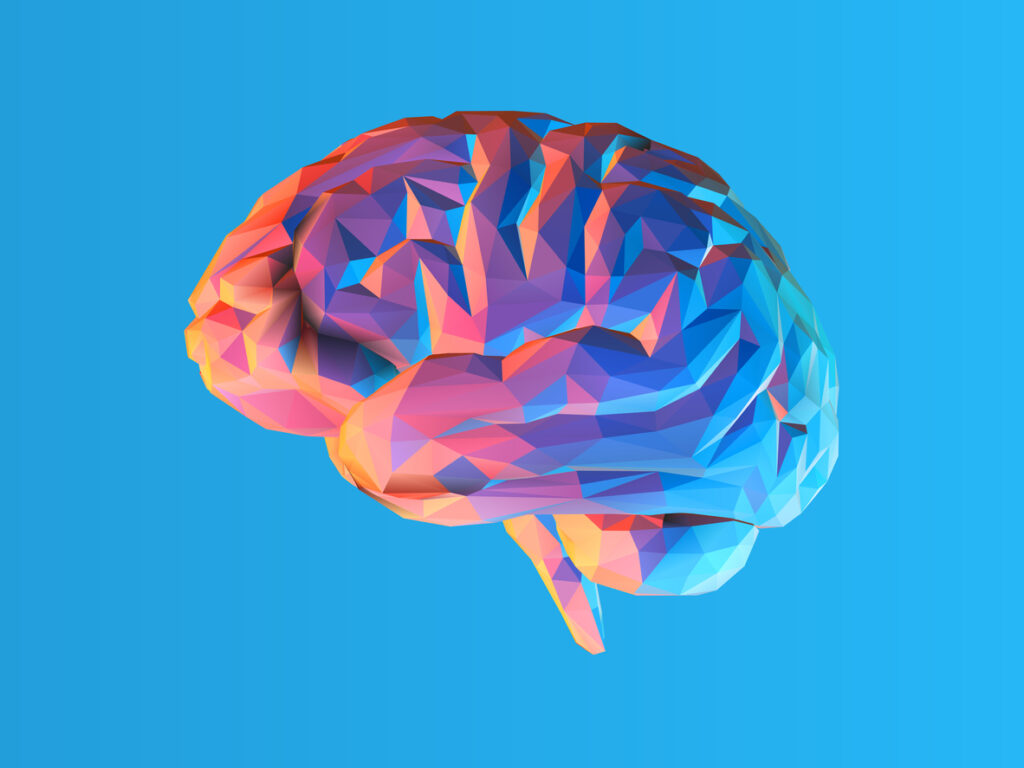2023 is tipped to be the year that many executives will choose to find a new role. This will pose obvious challenges for many businesses. Rapid, often unexpected, change is certainly a way of life now.
Living through multiple national upheavals has given many busy employees pause for thought about how they want to work and what’s important to them.
Increasingly employees seek deeper purpose at work; a lifestyle that suits and workplaces that care about the planet and human communities.
Work cultures need more than ever to be flexible, responsive and able to accelerate learning for and with employees. How does an organisation create the conditions for brains to learn fast, do things differently quickly and bring new brains in effectively?
The brain smart way to support accelerated learning is to leverage the power of habit rather than deny its force.
Creating and sustaining adaptation
Applied neuroscience can help. Brains don’t like change but they are brilliant at adapting. Enabling new neural pathways to be created and sustained supports fast adaptation. The brain likes to generate habitual patterns in order to understand and respond to a complex world as quickly and as easily as possible.
So, to a very large extent, our brain falls back to existing habits in our behaviours and emotional reactions. These habits can get in the way of learning new skills and approaching situations in a novel and flexible way.
The brain smart way to support accelerated learning is to leverage the power of habit rather than deny its force. This enables accelerated adaptation. Why is this and how does it work?
Leveraging the power of habit
Our brains have evolved, for good reason, to respond emotionally way before they respond rationally. The brain that responded with fear that the sandy shape in the distance was a lion rather than a rock was the brain that survived best out on the savannah many thousands of years ago.
Leaders and all of those engaged in supporting organisational learning need to design with this in mind: we are emotional way before we are rational and our emotional habits will dominate. You cannot outcompete them but you can help them to adapt.
A brain that feels safe, a person who feels heard and who has a genuine sense that they are valued as they try on new thinking will be generating more of the neurochemistry that enables learning to occur best. Creating this safe contained feeling at the start of learning sets the scene for the brain to use its existing habits in a settled way to start new thinking to build.
Let’s take a look at brain-based learning from a neuroscientific perspective. At Mindbridge we have researched and tested the 4 Cs Model™ which is brain-friendly way of enabling brains to learn through accelerating adaptation.
The Four Cs™ are:
- Connection
- Compassion
- Curiosity
- Control
To bring the model to life here is a case study about a young person joining the workforce during the pandemic.
We must actively bring our prefrontal cortex, the rational part of the brain, to bear.
Connection
The feeling of interpersonal connection helps us to feel safe, settled, seen and secure. So in any learning intervention spend time making meaningful connections. This may even include consulting learners upfront in the design of the intervention.
A recent starter in a new role had a new pair of trainers sent to them along with a friendly email inviting them to the exercise community at the offices and a few stories about what people got up to by way of their favourite form of exercise. They felt made extremely welcome, without work pressure to be part of their office community (even though starting remotely) The level of attention and effort to connect inspired them. This got them off to a very enthusiastic start.
Compassion
Human beings cannot help subconsciously judging each other. Our ancient limbic brains are always assessing whether others are friend or foe. The judging we do is preconscious.
So, we must actively bring our prefrontal cortex, the rational part of the brain, to bear. With the rational brain, it is important to notice the judgements you might be making about others (positive or negative) and then actively clear your mind and create a clean blank compassionate space where you chose to hear and listen to others without judgement and with a soft welcoming form of attention.
Be kind, be open. Do this actively and consistently. This young person felt welcome and that there was openness from all – even the folk where there was not necessarily a ‘click’.
These two Cs – Connection and active Compassion enable individuals to feel safe. This in turn means the limbic system can settle down and the attention can be directed towards learning. Then it is time to engage the powerful rational part of the brain: the prefrontal cortex.
Curiosity
The prefrontal cortex loves to crack complex problems and create solutions, so an atmosphere of genuine curiosity is highly stimulating to the brain. A brain that feels safe and then that others are actively interested in its point of view is a brain that will learn fast and sustainably.
Our new starter had a fresh set of eyes onto the consumer research questions at the company. The team were genuinely curious about their opinion on issues and took time to ask questions and really pay attention to the answers. They did not automatically discard ideas that did not match their greater experience on the matter.
Control
Allow the brains in the conversation to have control of the air time and how they express themselves. Avoid interruptions and dominant thinking patterns. Let one person’s thinking be put into the room/virtual space in its entirety.
Check that the person feels they have expressed themselves before moving on. Do this with careful attention and curiosity. Our new joiner had never been listened to in such a respectful way and was surprised at the experience. They very quickly became comfortable in a totally new environment and the Management Team were delighted with how quickly they had hit the ground running.
These Four Cs™ applied to the design and execution of a learning intervention or simply as a way of behaving in the day to day truly support brains to learn fast and accelerate adaptation to new environments and new learning.
Interested in this topic? Read Neuroscience at work: How to have more productive conversations










2 Responses
Thanks for sharing
Thanks for sharing
This article on “Brilliant
This article on “Brilliant Brains: Accelerating Adaptation for a fast-changing world” is incredibly insightful and timely. In today’s rapidly evolving landscape, the ability to adapt quickly is crucial for success. The author highlights the importance of nurturing our cognitive abilities and embracing lifelong learning to stay ahead. I couldn’t agree more with the notion that our brains are our most powerful tool in navigating this fast-changing world. The article provides practical tips and strategies for enhancing our adaptability, making it a must-read for anyone seeking to thrive in an ever-changing environment. Kudos to the author for shedding light on this crucial topic!